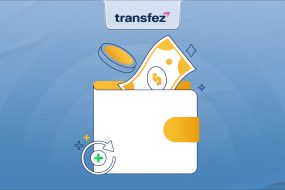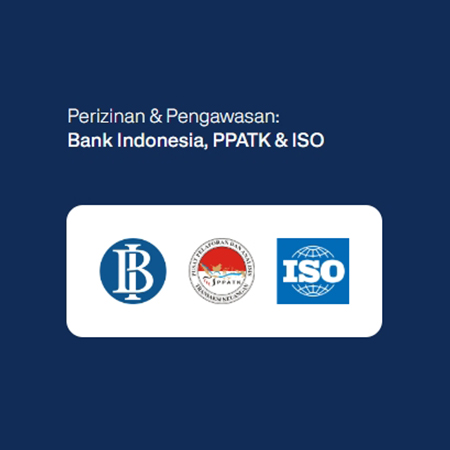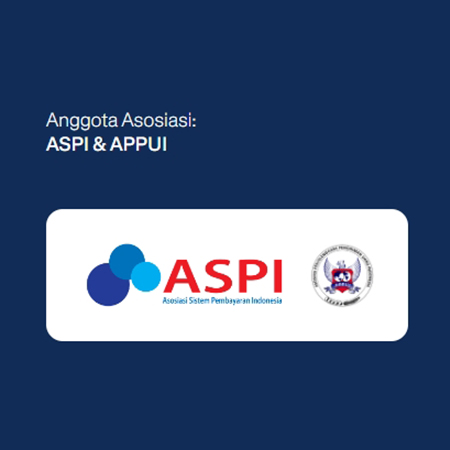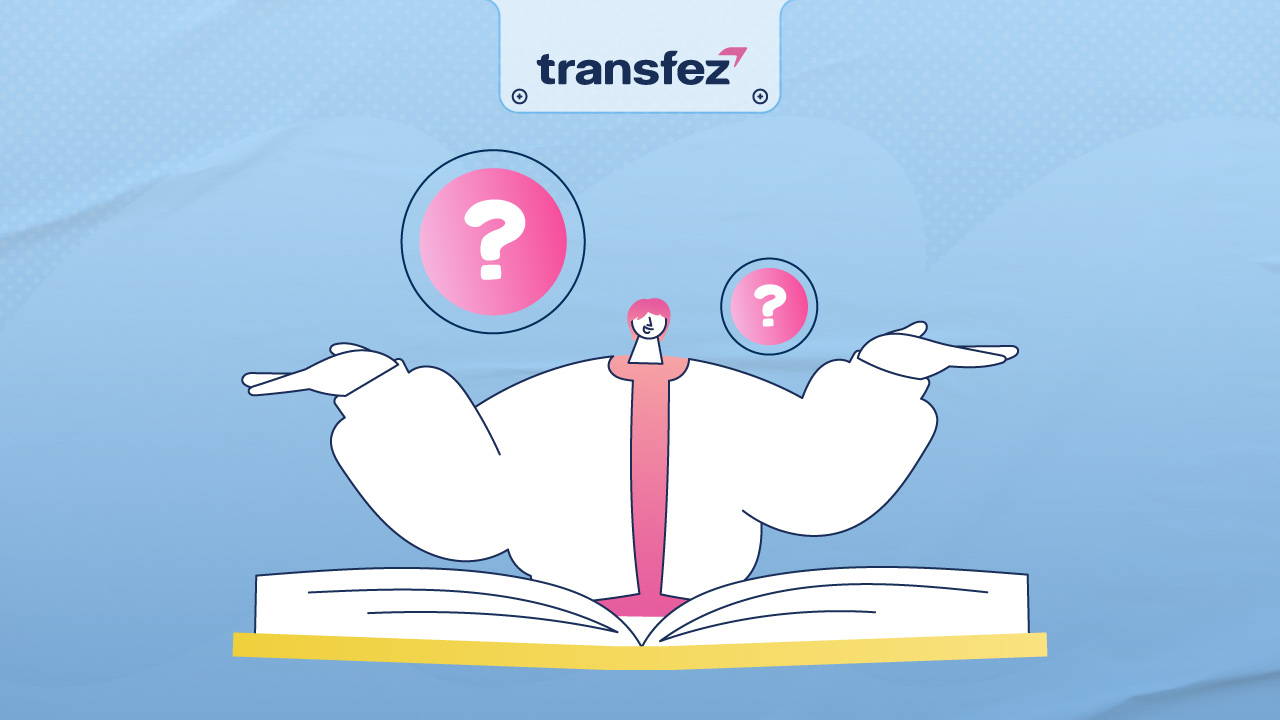
There are many banking terms that are still unfamiliar to many people, and one of them is inkaso. In fact, the term inkaso is often used in banking. Let’s take a closer look at a comprehensive explanation of what Inkaso is.
Definition of Inkaso
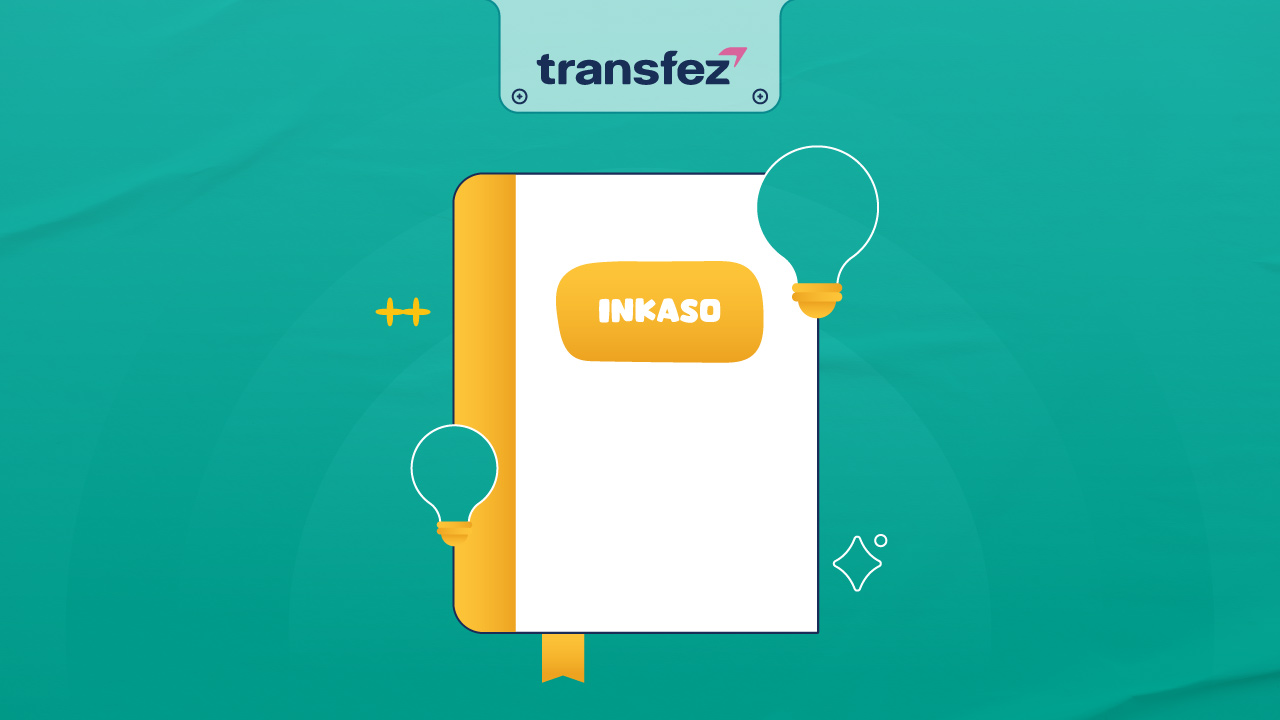
In banking, inkaso refers to a type of service. It is a process used to settle debts or claims using banking instruments or other valuable documents that cannot be immediately cashed or settled directly. With this service, a third party is involved to complete the transaction on behalf of the originator.
Types of Inkaso
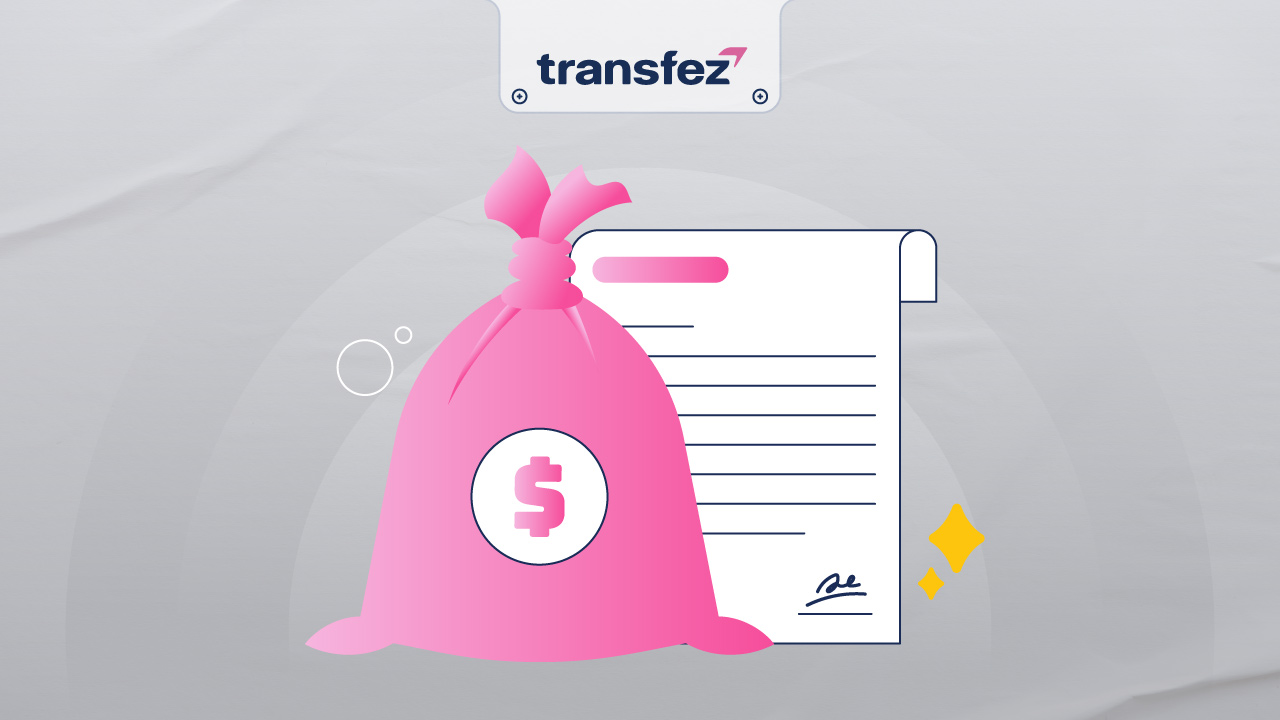
There are three main types of inkaso, each classified based on different criteria:
1. Based on Execution
This type involves transactions that begin through another bank or a different branch of the same bank. If the third party is a customer of a different bank in another city, the transaction is carried out via another bank’s assistance.
If both parties use the same bank but from different branches, the process starts from the origin bank’s own branch.
2. Based on Document Type
There are two types of transactions under this classification:
Inkaso without supporting documents: This involves banking instruments such as checks, bilyet, or giro (demand deposits) without any attachments. This is also referred to as warkat inkaso.
Inkaso with supporting documents: This requires accompanying documents such as invoices, receipts, insurance policies, or any other documents approved by the bank.
3. Based on Fund Flow
This distinguishes between incoming and outgoing inkaso:
Incoming inkaso refers to collection from third parties that is credited to the customer’s account.
Outgoing inkaso refers to collections requested by a customer and carried out through another bank, typically located in a different city.
See Video on How to Easily Send Money Abroad with Transfez
Inkaso Mechanisms
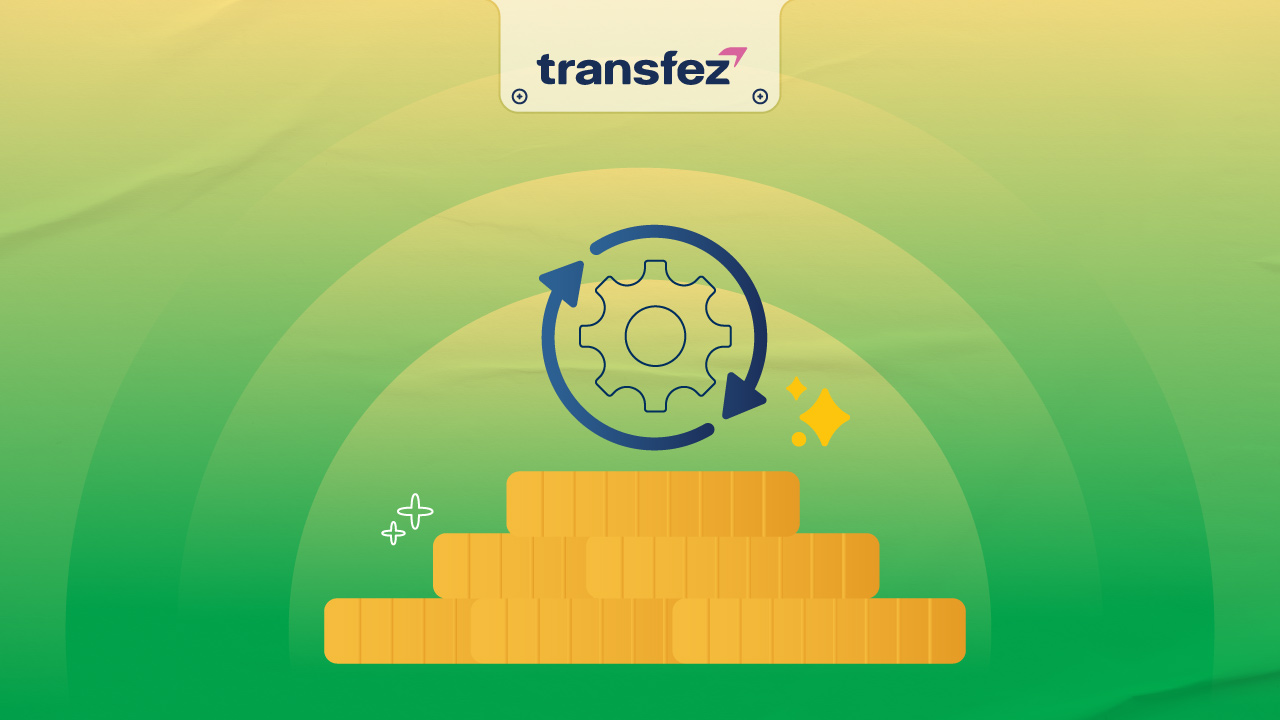
Inkaso, like other banking services, operates through several mechanisms depending on the sender and recipient. There are three main mechanisms:
a. Inkaso via the Same Bank
This occurs when the buyer’s appointed bank is the same as the seller’s bank. For example:
Customer A (in Sumatra) uses Bank Z and sends a check to Customer B. Customer B is a client of Bank X in Jakarta, which has no branches in Sumatra. Bank X’s Surabaya branch sends the check to Bank Z in Sumatra for validation. After the check is validated and funds are cleared, Bank X credits Customer B’s account and notifies Bank Z, which then informs its Jakarta branch about the transaction.
See also Bank Swift Codes in Indonesia
Swift Code Bank BCA
Swift Code Bank Mandiri
Swift Code Bank BNI
Swift Code Bank BRI
Swift Code Bank Danamon
Swift Code DBS Bank
Swift Code Hana Bank
b. Inkaso via Correspondent Bank
This occurs when the originating bank has no branch in the relevant city. In this case, a third-party correspondent bank (Bank Y) steps in to assist with the transaction. Bank Y calculates the interbank settlement and forwards the fund availability to Bank Z, which then credits the funds to the customer’s account in Bank X.
This process tends to be slower and more complex since it involves a third-party bank.

c. Inkaso Between Branches of the Same Bank
This is the simplest method. For example:
Customer Q from Bank P in Bogor sends a check to Customer W in Bank P’s Tangerang branch. The Tangerang branch collects the payment by verifying the check with Bank P Bogor. Once the transaction is validated, Bank P Tangerang releases the funds to Customer W.
This process is faster and more efficient since it only involves one bank with different branches.
Download Transfez App
Transfez App can help you transfer money abroad more quickly and efficiently. Jack Finance can also help your business in making transactions abroad. For those of you who want to send money to relatives who are abroad because they are studying, working, or traveling, Transfez will be ready to help. This app is available on Android as well as iOS.







